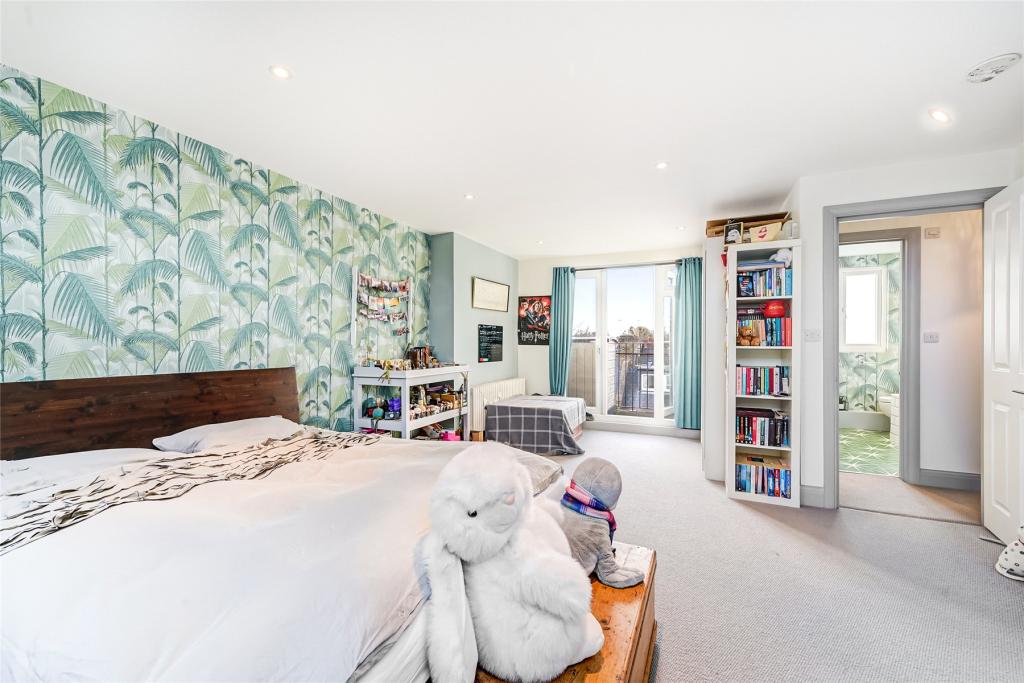Do I Need a Party Wall Agreement for My Loft Conversion?
June 24, 2025

Do I Need a Party Wall Agreement for My Loft Conversion?
If you're planning a loft conversion in Ealing, you might hear talk about a "party wall agreement" and wonder if it applies to your project. It's one of those legal terms that sound complicated, but in reality, it's a key step to help you avoid neighbourly disagreements and stay on the right side of the law.
What is a Party Wall?
A party wall is any wall shared between two homes, common in semi-detached or terraced properties. Even if you have a shared floor or any structure touching your neighbour’s property, that can count as a party structure under the law.
Why It Matters for Loft Conversions
When you're working on a loft, you’ll often be making changes to shared walls—like removing chimney breasts, adding beams, or tying into the structure. Because these works can affect your neighbour’s property or disrupt their home, the Party Wall etc. Act 1996 requires you to deal with it properly
Do You Always Need an Agreement?
Yes — if your loft work touches a shared wall or structure, you must serve a party wall notice at least two months before starting. This gives your neighbour a chance to agree or raise concerns
If they agree in writing, you can proceed without appointing a surveyor. If they don’t respond or don’t agree, your next step is to appoint one or two party wall surveyors who draft a Party Wall Award—a formal document laying out how and when work can happen.
What the Award Covers
A Party Wall Award sets out important terms such as:
-
How the work will be carried out (e.g., using hand tools to avoid vibration)
-
A Schedule of Condition, which documents your neighbour's property before work starts
-
Work times, access arrangements, insurance coverage, and safeguarding neighbour’s property
Typical Costs & Who Pays
You (the homeowner) are responsible for the surveyors' fees, even if your neighbour doesn't speak up. These can range from £900 to £2,700 for single-wall conversions, and up to £5,400 if each party appoints a surveyor.
What Happens If You Don’t Serve Notice?
Failing to provide notice or commencing before the agreement is in place can result in costly problems. Your neighbour could request that you stop work, insist on putting right any damage, or even obtain a legal injunction. So it pays to do this correctly from the outset.
Does This Apply to All Loft Conversions?
If your build is on a detached home without shared walls, the party wall rules typically don’t apply, but if scaffolding or work gets close to a neighbour’s property, it’s still good practice (and often legally required) to issue a notice and keep them informed.
How Loft Conversion Ealing Can Help
Navigating party wall requirements can be one of the most confusing steps in a loft conversion project, but you don’t have to tackle it alone. At Loft Conversion Ealing, we:
-
Review your plans and tell you whether party wall notice is needed
-
Help you serve the notices professionally and on time
-
Coordinate with experienced party wall surveyors to manage the award
-
Take care of ongoing monitoring to make sure your neighbour’s property is cared for
Final Thoughts
A party wall agreement isn’t just red tape—it’s about building with care, following the law, and being good to your neighbours. If your loft conversion touches a shared wall or structure, you’ll need a party wall notice (and possibly an award).
Want a smooth, stress-free build in Ealing? Get in touch with Loft Conversion Ealing today. We’ll help you navigate the legal steps and guide your project from design to handover, without the hassle.